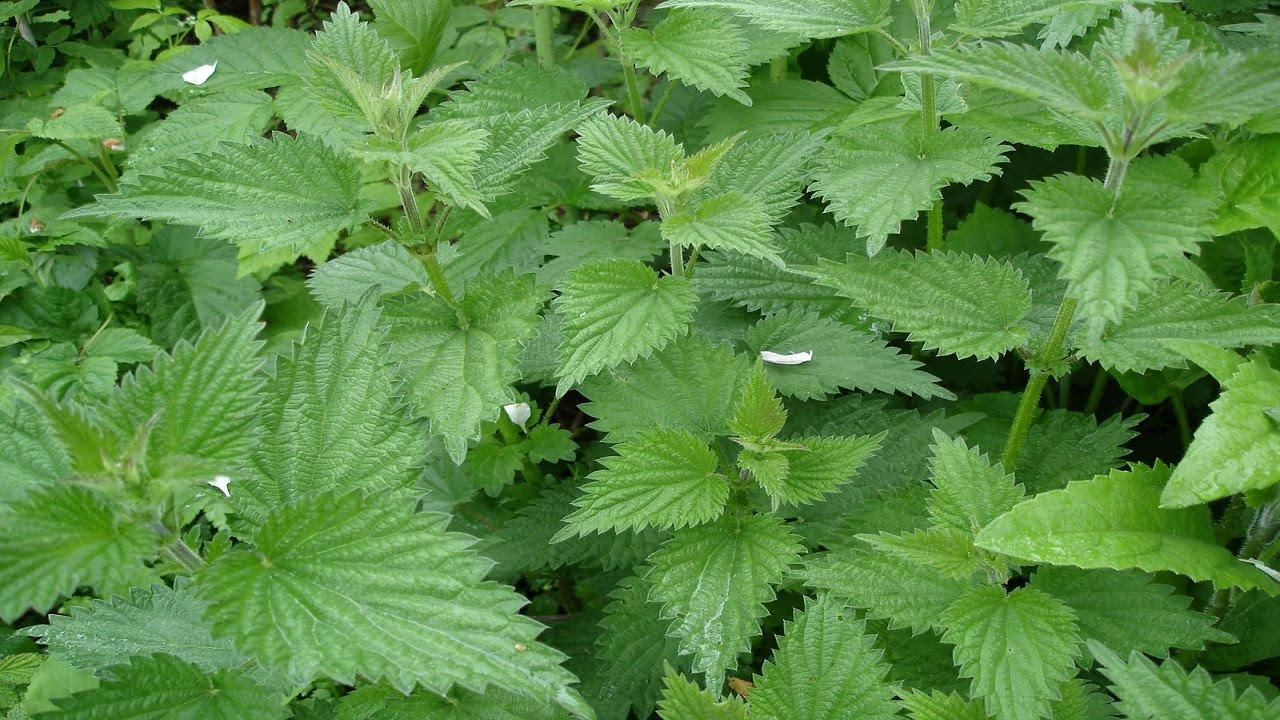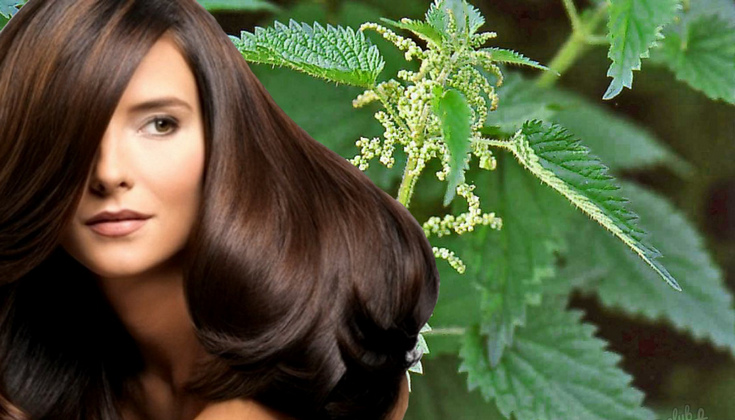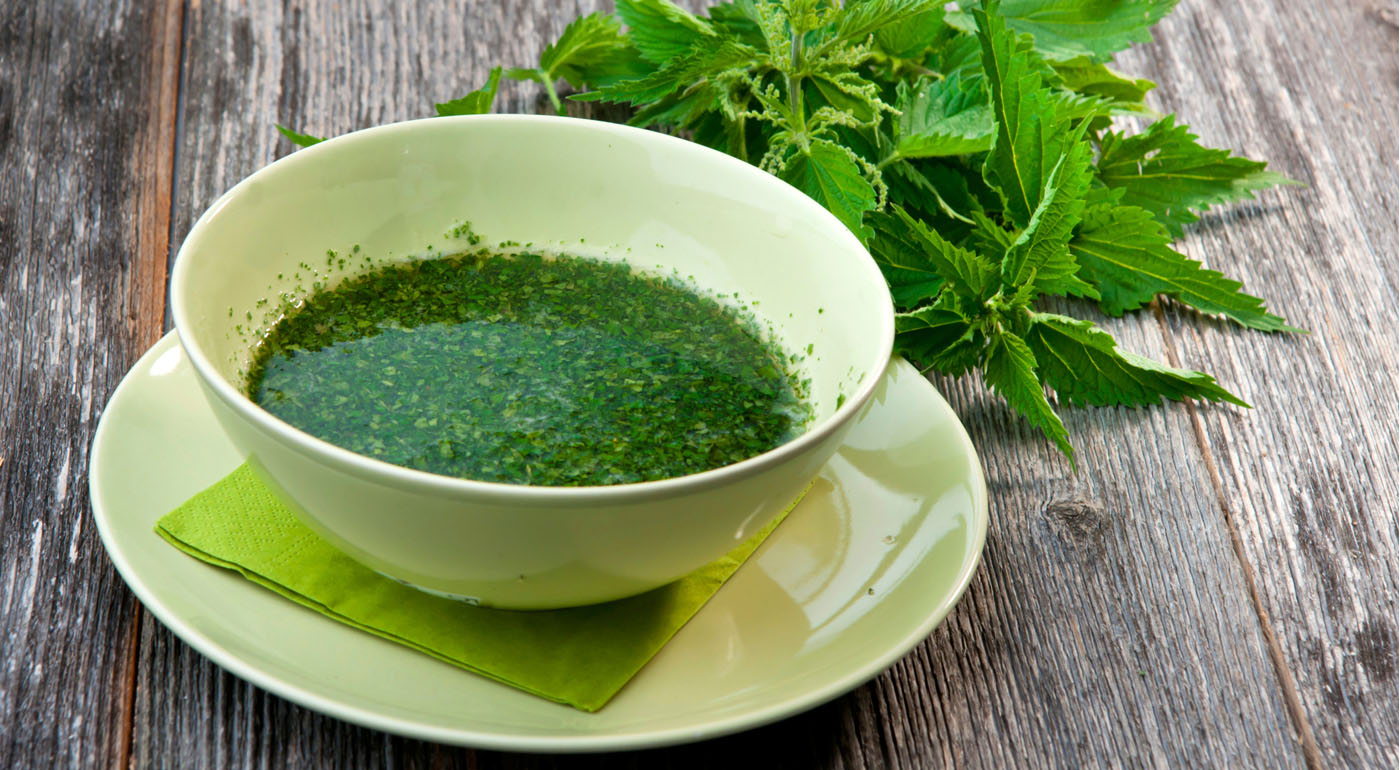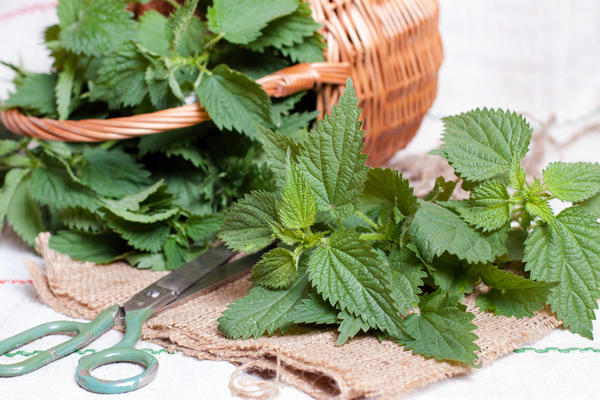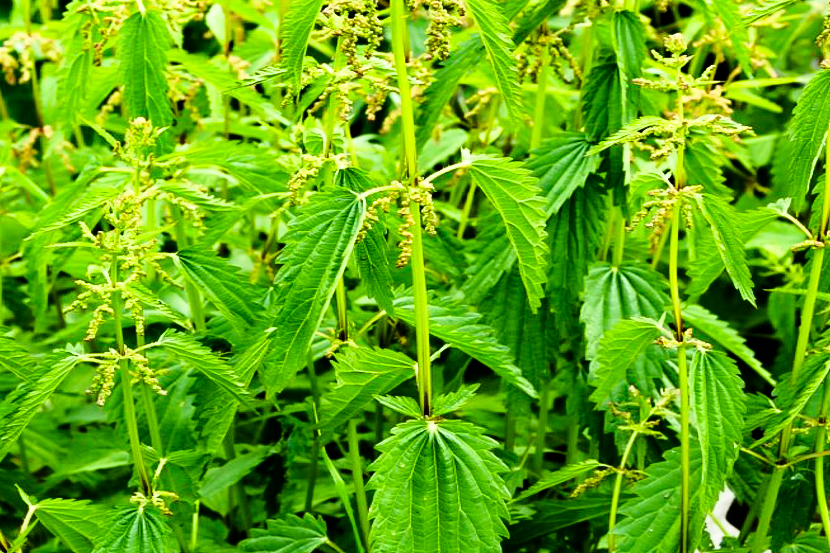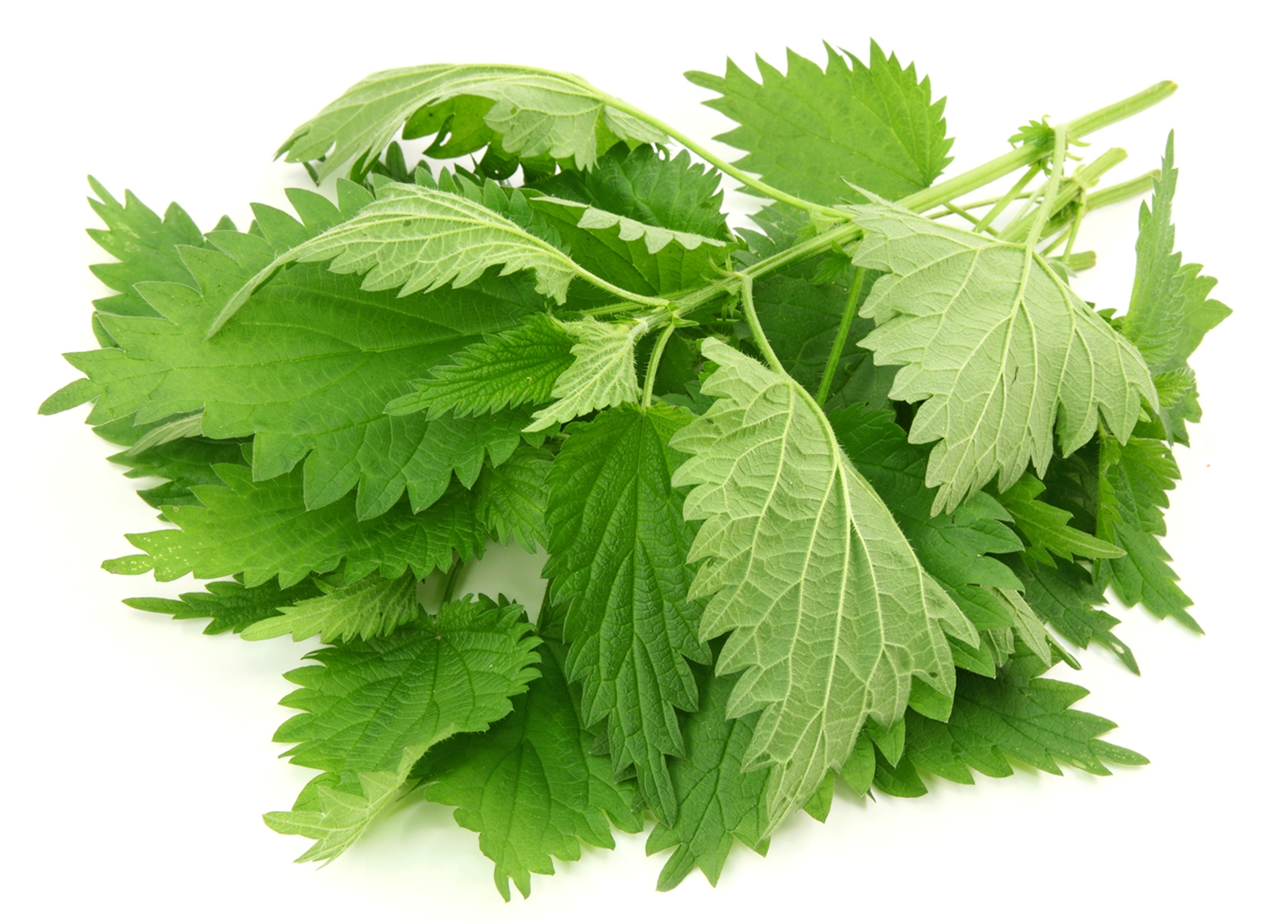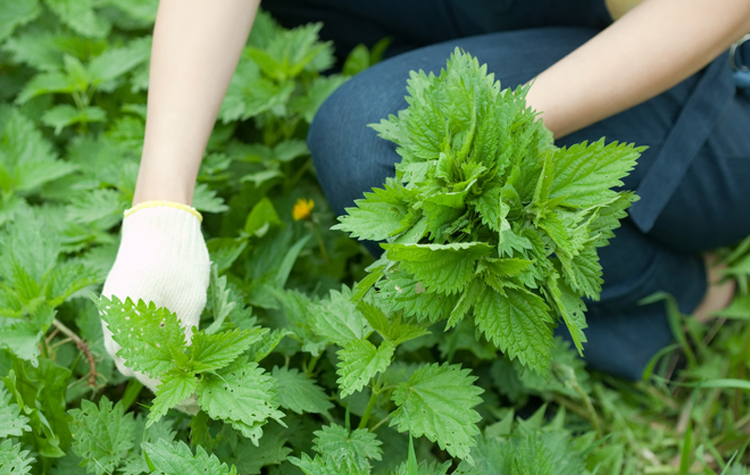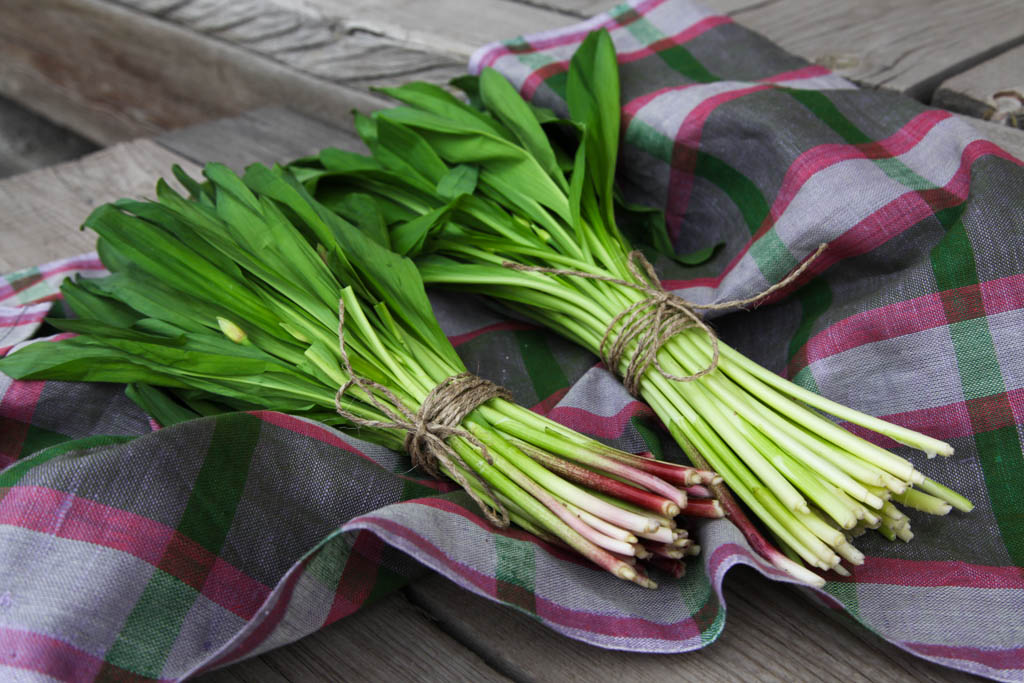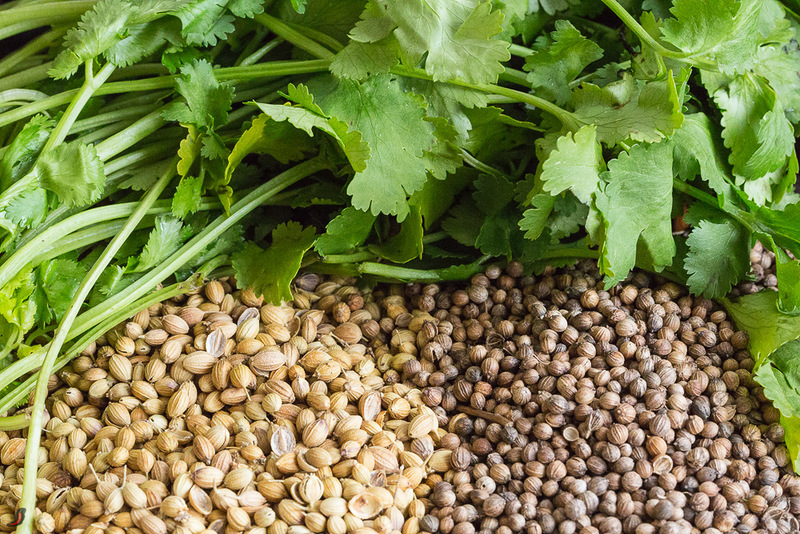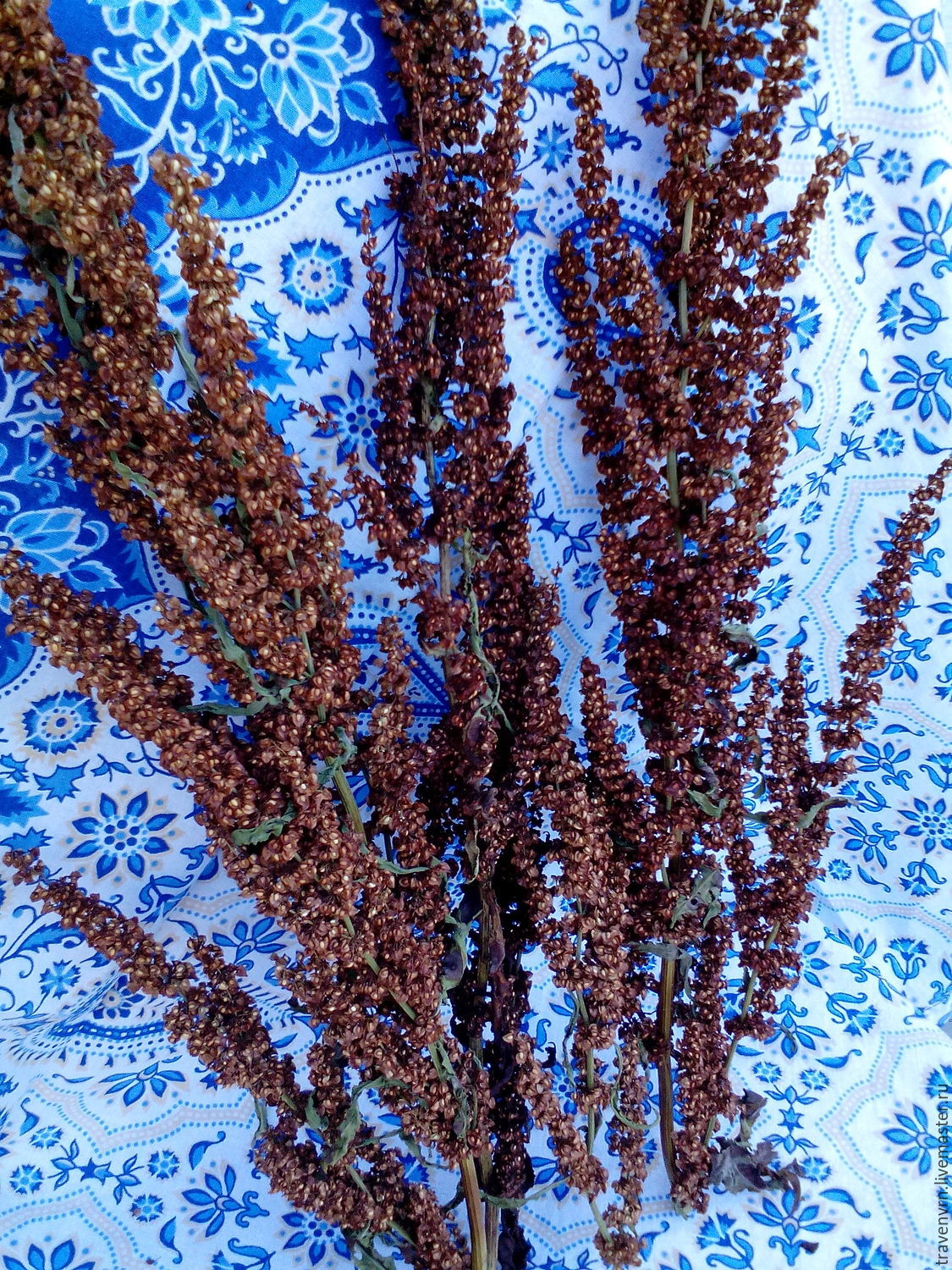This is a stinging herb, familiar to everyone since childhood, nettle is actively used for medical purposes (folk recipes), cooking and cosmetology. Stinging nettle is a herbaceous plant. It can be a perennial or grow for several years, it all depends on the species. Feature - the presence of a well-developed and powerful root system, due to which the plant is able to withstand any difficulties related to the soil or the environment. It is easy to visually distinguish nettle from other herbaceous representatives of the flora - it has oblong leaves with jagged edges. Some species are represented by leaves with deep lobes. Another distinctive feature is the presence of hairs on the leaf blades, which have a burning effect.
When the nettle blooms (intensely late spring-mid-summer), small white flowers appear on it. The fruit of the plant is small in size, biconvex nut, yellowish. The height depends on the species, on average, about 0.6 meters.
A stinging herb called nettle grows like weeds: under windows, fences, in forests, and on the outskirts. Since it has pronounced healing properties, it is actively grown in European countries (more in the north than in the south). There is also an Asian habitat, in Russia it grows even in Siberia. In order for a plant to be strong and strong, it is required to provide it with good conditions: the soil must be moistened, fertilized with organic elements (which is why nettle actively grows in a forest or near water bodies).
Varieties and types
The varietal variety of the plant has more than 50 different species. Some of them are widespread and widely used in everyday life.
The most famous varieties and types of nettle:
- Dioecious (perennial) - it is also called medicinal, burning, burning. The main difference between the species is a straight stem, which can reach a height of 1.5 m. On average, the nettle grows up to 90 cm. The leaves are large, differing from other members of the family in a heart-shaped form with pronounced teeth at the ends. The plant has spike-shaped inflorescences. The characteristic burning properties are introduced by the hairs located on the stem and leaves. The herb got its name due to the fact that male and female flowers are located on different plants;
- Burning - it is compact in size (the stem does not exceed 60 cm in height). The leaves are also small, each of them lobed - about 5 cm. Their shape resembles an ellipse or oval. The name is derived from the main property of the plant - the strong burning sensation that the hairs provide. Is annual;
- Gill-leaved - the stem of this species of nettle is rounded. Plant height varies from 40 cm to 1 m. The leaves are large, lanceolate. A distinctive feature of the species is that the upper part of the leaf blade is elongated, the edges are sharp-serrated. The plant has a variety of hairs that may be stinging or not unpleasant to the skin. A pinnate leaf is not found.
Externally, plants from the Lamiaceae family resemble nettle.
Culture properties
The use of nettle is due to its properties.
The plant is used:
- for medical purposes - a source of vitamins and minerals necessary for the body to work properly, strengthen the immune system, and prevent inflammatory processes;
- in cosmetology - the basis for masks and rinses;
- in cooking - used for preparing salads and first courses.
You need to know all the information about nettle in order to use it with maximum benefit or to avoid unpleasant moments if a person has contraindications to the plant. There is no need to specifically look for information on how to grow a medicinal element, since the grass grows almost everywhere, including cities. The rich formula, saturated with vitamins, trace elements and other beneficial substances, determines the use of the herb in various fields.
It is important to know in advance what vitamins are contained in nettle before using it.
The composition determines the high content of formic acid; the juice and other parts also contain:
- tannins;
- flavonoids;
- vitamins (K, C, E, H, PP, various vitamins from group B);
- cellulose;
- aspartic acid;
- iron;
- selenium;
- lignins;
- polysaccharides;
- a set of amino acids;
- potassium;
- cobalt;
- nickel.
The juice that is healing for humans explains the effect of increasing the percentage of hemoglobin in the blood. Also, the indicators of its coagulability are improved, therefore, the herb is included in therapy after operations or opened bleeding.
A decoction is used to treat:
- boils;
- acne;
- lichaev.
It is recommended to use decoctions, teas and infusions based on nettle during menstruation. The healing effect manifests itself very quickly, especially when a young leaf is used. Traditional medicine also works effectively in other cases - nettle and quinoa are weeds, but the former removes toxins well, so gardeners get rid of this plant less actively. The body is strengthened thanks to vitamins C, E, K, B.
The basic rule is not to use juice or liquids with nettles in the composition, before consulting a doctor, as there are contraindications.
The main prohibitions apply to people with the following health problems:
- problems with blood clotting (a ban on the use of the plant in any form);
- there are varicose veins;
- diagnosed with hypertension (even in its mild form).
The most important ban on the use of nettle concerns pregnant women - the substances in the composition can cause the onset of labor and premature birth. Nettle, as a medicinal plant, is prohibited at the beginning of pregnancy, as it can provoke contractions. It should be borne in mind that nettle herb heals effectively, but can also quickly harm health.
If a person has insomnia, and he uses means to relieve this condition, then nettles cannot be included in therapy or culinary dishes. This is due to the fact that a complex of substances enhances the action of special medicines.
Among the diseases that are contraindications for humans to use nettle are thrombophlebitis and atherosclerosis, since the components actively thicken the blood. If hypertension is present, then as a result of the ingress of substances from the composition of the nettle juice, the vessels tone up, the pressure increases significantly. It is forbidden to treat dried or fresh nettle when bleeding occurs due to the presence of gynecological problems: cysts, polyps and other types of uterine tumors.
Refusal to use should be severe kidney disease, as well as age up to 15 years. Indications and contraindications apply to all members of the family, since the properties of nettle are mostly the same. Correct use can only be prescribed by a doctor. You should choose a cooking method based on the main problem that you need to solve with the help of nettle juice.
Pests: how to deal with them
Medicinal herbs should be grown in order to have the basis for a quick treatment - stinging nettle is specially cultivated for this purpose. It is necessary to determine where the nettle is actively growing so that the environment for its development and formation is suitable. The substances contained in the plant negatively affect most pests that can enter the garden. That is why it is included in the composition of fertilizers or compost, which is then used to improve the composition of the soil (for flowers, cucumbers and other cultural plantings). Everyone knows what nettles look like visually, so letting them grow in a specific area can then be used for benefits. The popular name for growing nettles is stinging, since formic acid is present.
It is she who effectively repels pests. It is necessary to prepare a product for watering, a result useful for gardeners - accelerating the growth and development of crops, improving the quality of the crop.
To get positive changes, you need to know if nettle is a herb or not. It is known to be a weed that has small white flowers. The shape of the leaves has slight differences, as the species are diverse.
Such types are known as:
- ramie;
- hemp nettle;
- water nettle.
Different types and varieties also have healing properties, but minor differences help to expand the list of diseases that can be treated.
Thus, nettle is a shrub or is it a grass? Since it forms thickets, but each specimen grows independently, the plant does not belong to shrubs. The national medical reference book recommends the use of decoctions and infusions for the treatment of gastrointestinal diseases, but therapy should be started only after a diagnosis by a doctor.
Since the habitat is wide, there is no shortage of this plant. You need to choose one convenient type of preparation of the compositions in order to get the maximum positive effect. The plant, where the necessary components come from in a medicinal composition for treatment, can be used young or dried.
